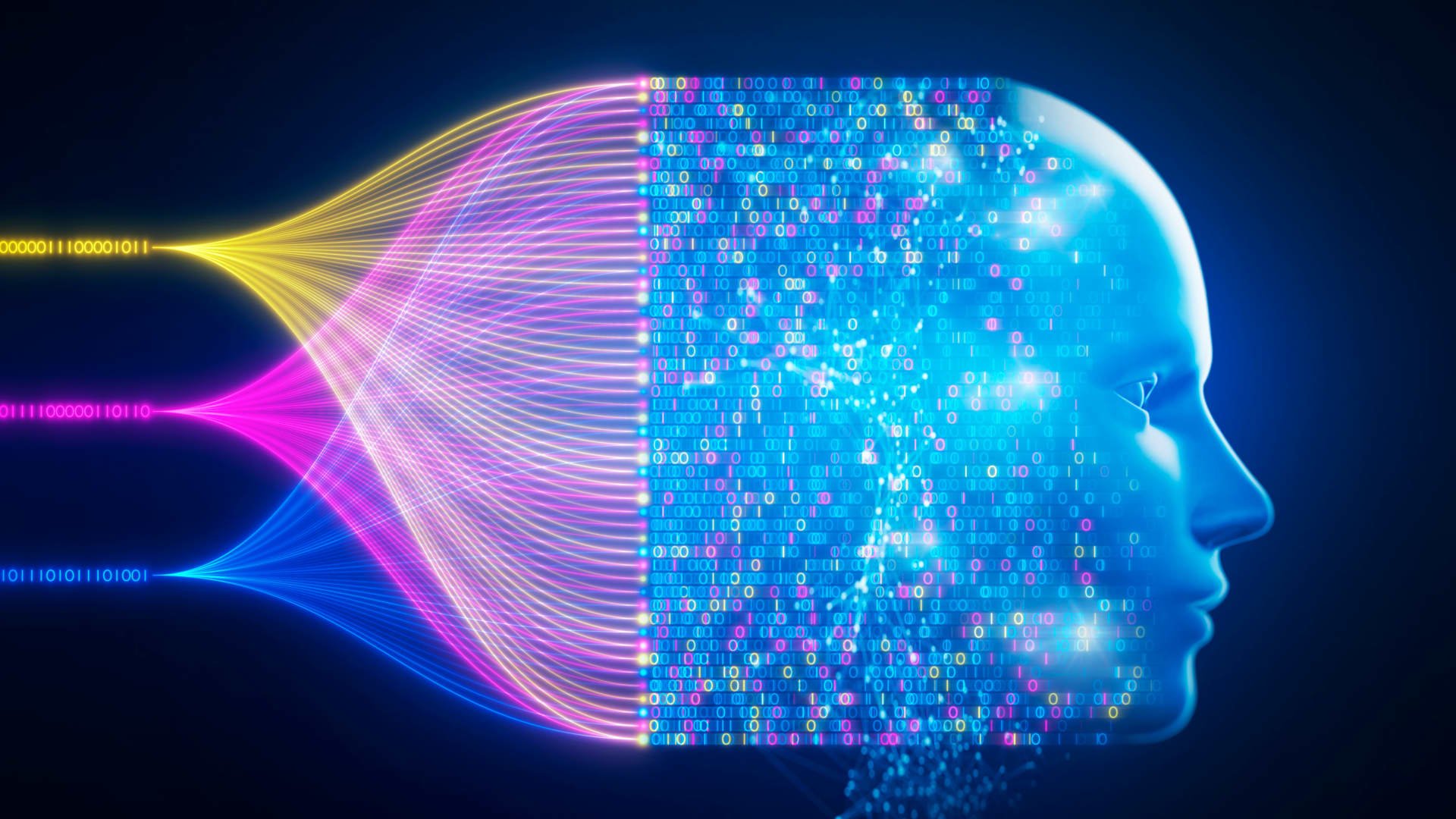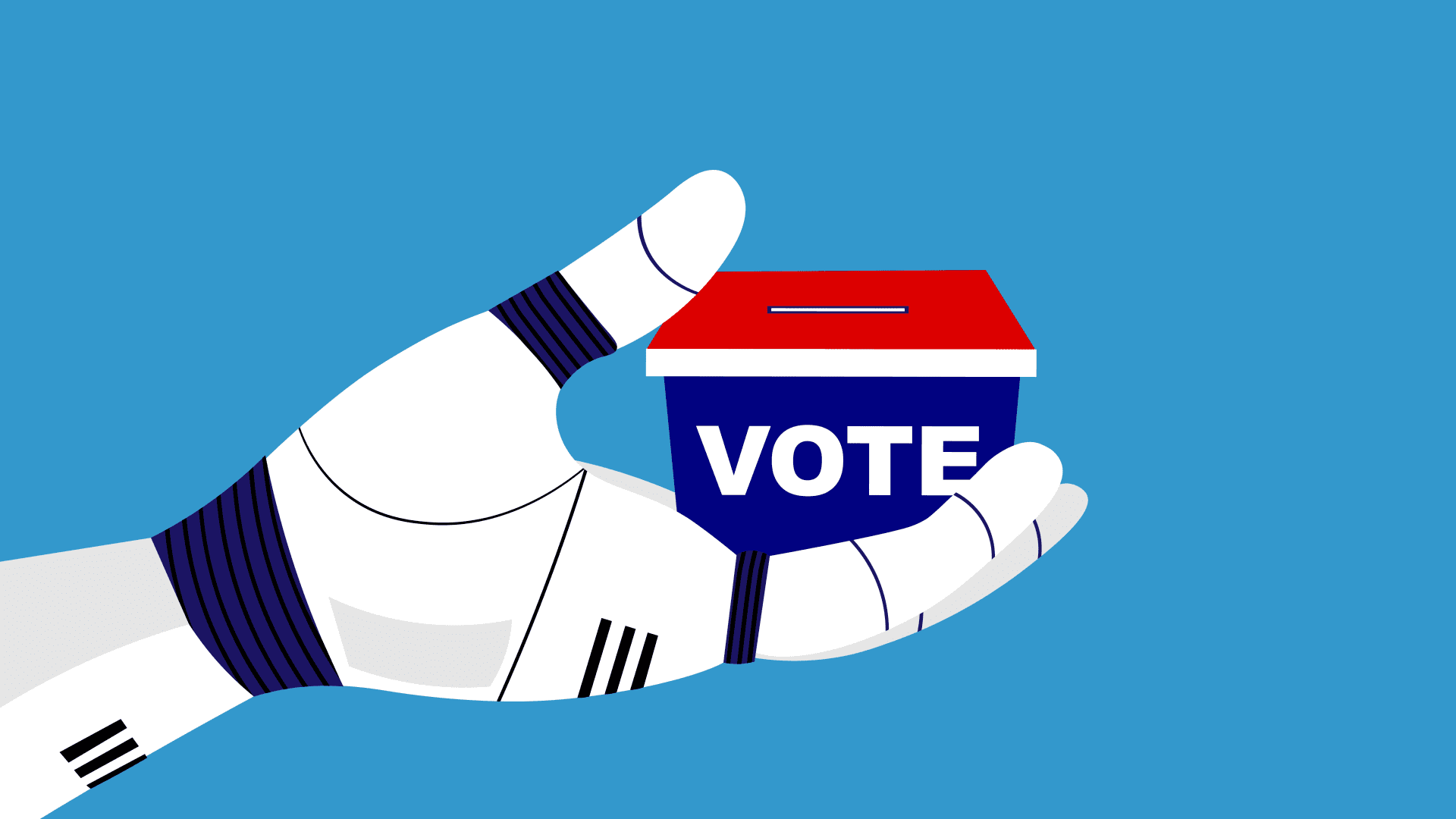So here we are, diving into the world of AI undress tools—a topic that’s got everyone buzzing, whether you’re into tech, privacy, or just plain curious about how far artificial intelligence can go. AI undress technology has sparked debates worldwide, and it’s not just about the tech itself—it’s about the implications, the ethics, and the potential risks. If you’ve been following this trend, you know it’s not all sunshine and rainbows. Let’s peel back the layers—figuratively, of course—and dive deep into what this tech is all about.
Before we get too far, let’s set the stage. AI undress tools use advanced algorithms to remove clothing from images or videos, creating a digital illusion that’s eerily realistic. Now, before you jump to conclusions, this isn’t just some harmless fun—it’s a tech that raises serious concerns about privacy, consent, and misuse. As we explore this topic, you’ll see why it’s become such a hot-button issue.
Here’s the kicker: AI undress tools are evolving faster than most people realize, and the tech world is scrambling to figure out how to regulate it. Some argue it’s a groundbreaking innovation, while others see it as a major threat to personal privacy. Stick around, because this conversation is just getting started, and you might learn something that changes the way you think about AI forever.
- Hdhub4u Bollywood New Your Ultimate Destination For Latest Movies And Entertainment
- Unveiling The Secrets Of Filmyfly Your Ultimate Movie Download Hub
Table of Contents:
- What is AI Undress Tool?
- How Does AI Undress Tool Work?
- Ethical Concerns Surrounding AI Undress Tools
- Privacy Implications and Legal Ramifications
- Potential Use Cases of AI Undress Technology
- Regulation Efforts and Challenges
- Alternatives to AI Undress Tools
- Impact on Industries and Society
- The Future of AI Undress Technology
- Conclusion
What is AI Undress Tool?
Alright, let’s break it down. An AI undress tool is essentially a piece of software powered by artificial intelligence that can analyze images or videos and digitally remove clothing from the subjects in them. Sounds like something out of a sci-fi movie, right? But here’s the twist—it’s real, and it’s already here. These tools leverage deep learning algorithms, neural networks, and generative adversarial networks (GANs) to create incredibly realistic results.
Now, this tech isn’t just for fun—it’s been used in various industries, from fashion to entertainment, but its potential for misuse has sparked widespread concern. The core idea is simple: input an image, and the AI generates a new version where clothing has been digitally removed. But as we’ll see later, the consequences can be far-reaching.
- Vega Moviein Your Ultimate Streaming Destination For Latest Films
- Why Filmyfly Bollywood Movies Are The Ultimate Destination For Movie Lovers
How AI Undress Tools Are Developed
Developing an AI undress tool isn’t as simple as flipping a switch. It involves training massive datasets of images, often using GANs to generate realistic outputs. The process is complex, requiring expertise in machine learning, data science, and computer vision. Developers have to fine-tune the algorithms to ensure the results look natural and believable, which is where the controversy begins.
How Does AI Undress Tool Work?
Here’s the techy part. AI undress tools rely on machine learning models trained on vast datasets of human body shapes, textures, and clothing patterns. When you feed an image into the tool, the AI analyzes it pixel by pixel, identifying areas where clothing overlaps the body. It then uses its training data to predict what the body underneath looks like, generating a new image that appears realistic.
But here’s the thing—it’s not perfect. Sometimes the results are off, leading to what experts call “uncanny valley” moments where the output looks almost right but not quite. Still, the tech is advancing rapidly, and the results are becoming more convincing with each iteration.
Key Technologies Behind AI Undress Tools
- Generative Adversarial Networks (GANs): These are the backbone of many AI undress tools, allowing them to generate realistic outputs.
- Deep Learning Algorithms: These models are trained on massive datasets to recognize patterns and make predictions.
- Computer Vision: This field focuses on enabling machines to interpret and understand visual data from the world.
Ethical Concerns Surrounding AI Undress Tools
Let’s talk ethics, because this is where things get tricky. AI undress tools raise serious questions about consent, privacy, and the potential for abuse. Imagine someone using this tech to create non-consensual images of you or someone you know. It’s not just creepy—it’s deeply invasive. And that’s why so many people are sounding the alarm bells.
Here’s the bigger picture: this tech can be used to create deepfakes, which are digitally altered images or videos designed to deceive. These deepfakes can be used for harassment, revenge porn, or even political manipulation. It’s a slippery slope, and the ethical implications are staggering.
Who Is Responsible?
The ethical debate doesn’t stop with the tech itself—it extends to the developers, users, and regulators. Should companies be allowed to develop these tools without proper safeguards? Should users face consequences for misusing them? And what role should governments play in regulating this technology? These are tough questions with no easy answers.
Privacy Implications and Legal Ramifications
When it comes to AI undress tools, privacy is the biggest concern. People are rightfully worried about their images being used without their consent. In a world where photos and videos are shared online daily, the potential for abuse is enormous. Imagine someone taking a casual selfie and turning it into something far more explicit—all without your permission.
Legally, things are still murky. Some countries have started cracking down on the misuse of AI undress tools, but enforcement remains a challenge. Laws around privacy and consent vary widely, and tech moves faster than legislation. As a result, many people are left vulnerable to exploitation.
What Can Be Done?
Several solutions have been proposed, including watermarking images, developing counter-tools to detect AI-generated content, and increasing public awareness. But the most effective solution might be stricter regulations and penalties for misuse. It’s a balancing act between innovation and protection, and finding the right approach won’t be easy.
Potential Use Cases of AI Undress Technology
Despite the controversy, AI undress tools do have legitimate use cases. In the fashion industry, for example, designers can use this tech to visualize clothing on different body types without needing physical models. In healthcare, it could help doctors simulate the effects of certain treatments or surgeries. Even in entertainment, it has potential applications in creating realistic special effects.
But here’s the catch: these use cases need to be approached with caution. Developers must ensure that the tech is used ethically and responsibly, with proper safeguards in place to prevent misuse.
Industry Applications
- Fashion Design: Visualizing clothing on diverse body types.
- Healthcare: Simulating treatment outcomes.
- Entertainment: Creating realistic special effects.
Regulation Efforts and Challenges
Regulating AI undress tools is no small feat. Governments and organizations around the world are grappling with how to address the challenges posed by this technology. Some have proposed outright bans, while others advocate for stricter guidelines and enforcement mechanisms.
One of the biggest challenges is keeping up with the rapid pace of technological advancement. By the time regulations are put in place, the tech has already evolved, rendering the rules obsolete. It’s a constant game of catch-up, and the stakes couldn’t be higher.
What’s Being Done?
Efforts are underway to establish international standards for AI development and usage. Organizations like the IEEE and the OECD are working on guidelines to ensure AI is developed responsibly. Meanwhile, tech companies are being pressured to self-regulate, implementing stricter policies and transparency measures.
Alternatives to AI Undress Tools
For those concerned about the ethical implications of AI undress tools, there are alternatives. Some developers are working on tools that prioritize privacy and consent, ensuring that users have full control over how their images are used. Others are exploring ways to watermark images or embed metadata to track their origins.
Ultimately, the goal is to create technologies that empower users rather than exploit them. It’s about finding a balance between innovation and responsibility—a balance that benefits everyone.
Emerging Solutions
- Consent-Based Tools: Ensuring users have control over their data.
- Watermarking Technologies: Tracking the origins of images.
- Metadata Embedding: Adding information to images for better traceability.
Impact on Industries and Society
The impact of AI undress tools extends beyond just tech—it affects industries and society as a whole. In the fashion world, for example, it could revolutionize how designers work, but it also raises questions about authenticity and originality. In entertainment, it could enhance storytelling, but it also poses risks of misuse.
Socially, the impact is even more profound. As AI undress tools become more widespread, they could exacerbate existing issues like cyberbullying, harassment, and revenge porn. It’s a reminder that with great power comes great responsibility—and the tech industry needs to step up to the plate.
Long-Term Effects
In the long run, the effects of AI undress tools could reshape how we think about privacy, consent, and digital rights. Will we see a future where every image is scrutinized for authenticity? Or will we find ways to coexist with this technology in a responsible manner? Only time will tell.
The Future of AI Undress Technology
So where does this leave us? The future of AI undress technology is uncertain, but one thing is clear: it’s not going away anytime soon. As the tech continues to evolve, we’ll likely see more sophisticated tools, better safeguards, and perhaps even new use cases we haven’t thought of yet.
But here’s the bottom line: the conversation around AI undress tools isn’t just about the tech—it’s about the values we hold as a society. Do we prioritize innovation at all costs, or do we find ways to innovate responsibly? The choice is ours, and the decisions we make today will shape the world tomorrow.
Conclusion
In conclusion, AI undress tools are a double-edged sword. They offer exciting possibilities in fields like fashion, healthcare, and entertainment, but they also pose significant risks to privacy and ethics. As we’ve explored, the key lies in responsible development and usage, coupled with effective regulation and public awareness.
So, what’s next? If you’re passionate about this topic, share your thoughts in the comments below. Let’s keep the conversation going and work together to ensure that AI undress technology is used for good. And hey, if you found this article helpful, don’t forget to check out our other content—you won’t regret it!
- Ai Free Undress The Controversial Technology Unveiled
- Movie Rulez2 Com 2025 Telugu Download Your Ultimate Guide To Streaming And Downloading


